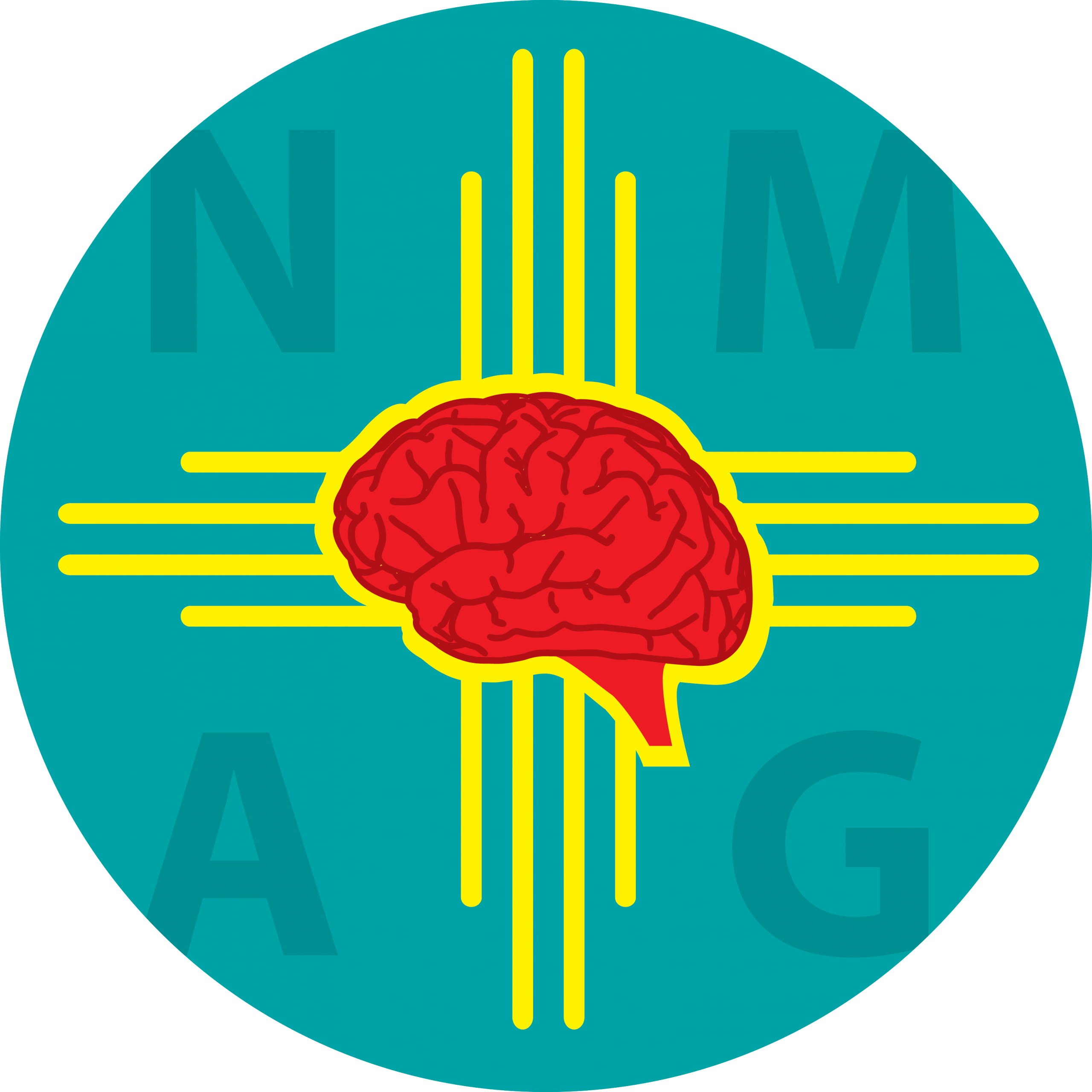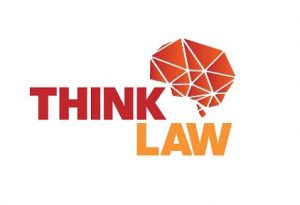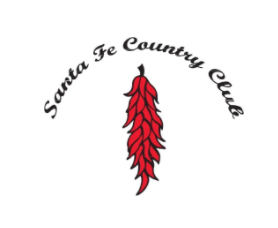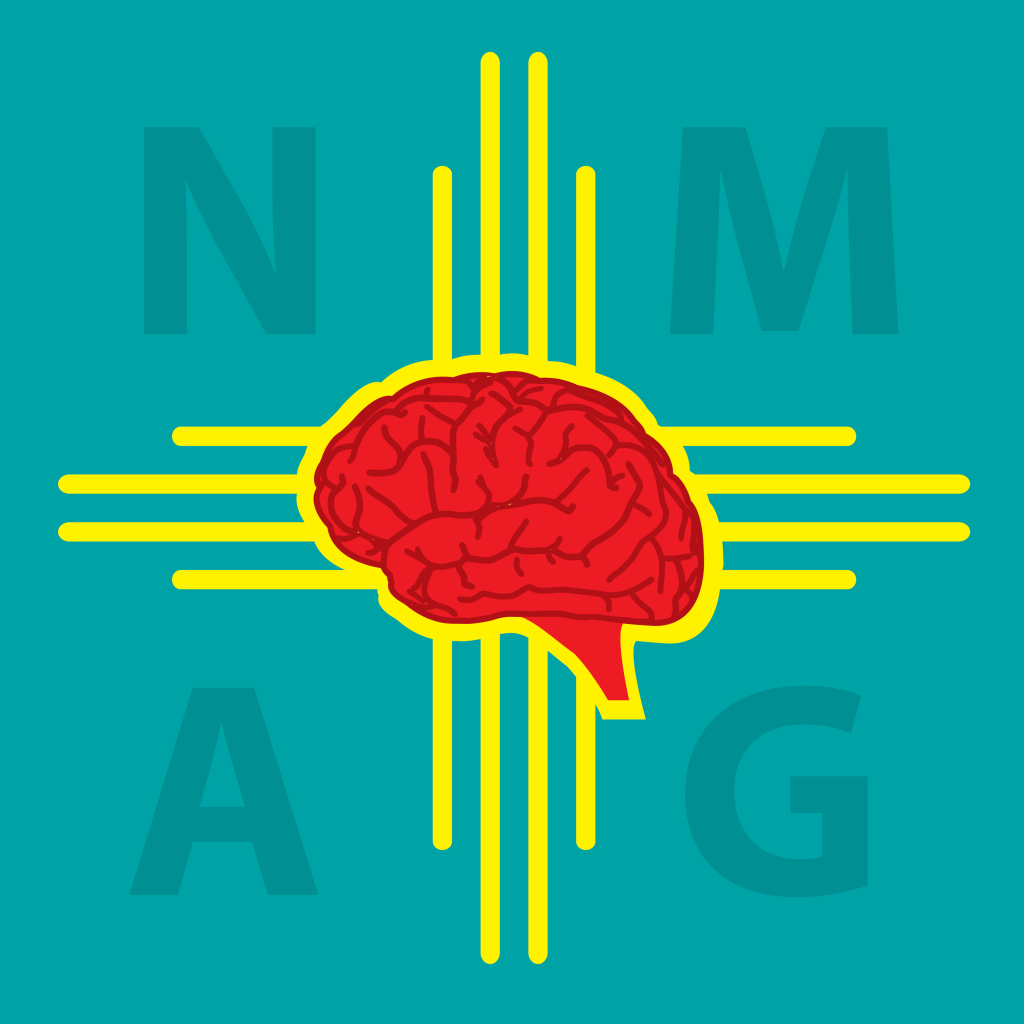Geoffrey Moon, NMAG Past President
It’s Spring again, and friends and colleagues are reaching out to me with concern about their schools’ plans to decrease gifted education services. New Mexico has a long history with gifted education, one that informs us of the implications of such moves, and what can be done in response.
Gifted education programs support equity by helping students who learn faster and are more able to deal with complexity to continue to develop and maintain motivation for school. It can help close gaps of high performance – giving students from disadvantaged and minority groups the chance to pursue excellence. Supporting equity requires substantial, focused educational service.
New Mexico parents and educators have two tools to guide gifted education for their students: Gifted Advisory Committees and Individual Education Program reviews. Advisory Committee members should articulate district goals for gifted education and establish a menu of supports necessary to meet them. IEP teams should carefully articulate each child’s unique needs, set ambitious goals, and select research-based services sufficient to meet them.
What does a gifted child need? Should we support or suppress advanced development?
Giftedness means that a child has the ability to learn and grow faster than one grade level per year and to thereby develop high levels of talent in some area. This ability can progress into advanced performance, if a student is given opportunity to learn faster and encouraged toward greater motivation.
One approach to gifted education, called “cutting down the tall poppies,” involves trying to hold gifted children back. Absent opportunities and motivating experiences, giftedness can translate into stress, depression, feelings of hopelessness, and social and behavioral problems.
If an IEP team decides a student should develop their talents and avoid negative outcomes, peer-reviewed research is clear about the way forward. Daily challenge in a student’s areas of talent with accelerated learning opportunities translates into faster learning and decreased stress. Grouping with other students who have similar talents and training in independent learning support the motivation needed to seize these opportunities.
What if we decide to pursue talent development?
If a team decides to pursue development of a student’s talents, they should set individualized, ambitious goals and pursue them through research-based approaches.
In New Mexico, giftedness is an exceptionality addressed like a learning disability, by an Individual Education Program. “All definitions, policies, procedures, assurances, procedural safeguards and services identified in 6.31.2 NMAC for school-aged children with disabilities apply to school-aged gifted children” with few exceptions including service in private schools and disciplinary protections.
In 2016, the Supreme Court found that it was not enough for special education to merely pursue minimal growth; rather, a “child’s educational program must be appropriately ambitious in light of his circumstances, just as advancement from grade to grade is appropriately ambitious for most children in the regular classroom.” Since gifted students are regarded as exceptional in New Mexico, we should ask what is appropriately ambitious for a gifted student.
NM state rules say that the plan to pursue these ambitious goals should, “include a statement of the special education and related services and supplementary aids and services, based on peer-reviewed research.”
What research says about goals and effects of gifted education.
Research in the field of gifted education indicate that while an enriched school experience can help develop smart children into happy, well-adjusted adults, daily accelerated learning opportunities can result in the equivalent of 3-5 extra months of learning per year in a gifted student’s area of talent. Independent learning experiences increase motivation, but do not generally affect school achievement. Labelingalone, while unlikely to cause any harm, is also unlikely to create a significant positive effect.
Whether advanced learning, motivation, or happiness and adjustment are considered appropriately ambitious goals, implementation is important. Grouping, specially trained personnel, and well-designed curriculum are necessary conditions for program effectiveness. Gifted education is most effective when delivered through a dedicated group such as that found in a pull-out offering, dedicated class, or to a cluster of students within a class. While some general education teachers are good at meeting a wide range of needs, additional specially trained teaching personnel are almost always required for a successful outcome. Curriculum designed for gifted learners to accelerate pace and level of content delivery while scaffolding understanding has been demonstrated effective for a wide range of gifted students.
Differences in ability, circumstance, and previous opportunity indicate different needs for each student’s educational plan. While some student’s abilities manifest in one area like math, others’ may range from language arts to visual arts to science. Giftedness also varies by degree – some students have moderately advanced abilities, while others have very advanced abilities that demand greater degrees of acceleration. Additional preparation and supports are necessary when students come from outside circles of privilege – those from ethnic/racial minorities, non-English language groups, and economic disadvantage as well as those who have disabilities as well as gifts need more to succeed.
But will it work here?
One concern about gifted education often raised by educators in schools with high poverty levels is whether the research on best practices can translate to their schools and students. The answer is yes, IF services are well-designed, sufficient in degree, and appropriately aligned to goals.
A major national research study found most gifted education services focus on developing process skills like critical and creative thinking. If these are the goals of a gifted education program, the program’s success should be measured accordingly.
If schools wish to close the gap in advanced academic performance between low- and high-income students, they may want to shift their focus. While services developing independent thinking are important, they are not likely to produce significant impact on academic achievement. High performance in an area like math or art is dependent on daily opportunity to learn and practice. These effects are sometimes greatest for minority students!
So, what can we do?
Advocates must learn from history to change its course. A few years ago, facing economic constraints, Albuquerque Public Schools decreased the range and intensity of gifted education services available to its students. Las Cruces Public Schools once engaged in a similar reform prior to reassigning many gifted education teachers to general education roles. Gallup-McKinley County Schools are currently considering overall reductions to service options and may well be encouraged by knowing the precedent exists in other districts.
Once gifted education program options are removed from a school system, it becomes more difficult to access the right resource for any specific child. Gifted education advocates should band together to use the Gifted Advisory Committee system, and parents should use the power of the IEP.
Every school district is required to have a gifted advisory committee with the power to “review the goals and priorities of the gifted program, including the operational plans for student identification, evaluation, placement and service delivery.” That body can make proposals in writing to which school administration must reply in writing.
Additionally, every change to a student’s individual program requires a meeting of an IEP team, which must come to consensus. The IEP team has the power to frame student needs, set ambitious goals, and select research-based responses to meet those goals. Teachers may be limited in their advocacy for strong programs by schools’ orders. Parents can make their own proposals, to which the school must respond. Parents can disagree with the proposals of the school and trigger additional meetings to resolve disputes.
The question of equity.
To paraphrase the President of the National Association for Gifted Education, Jonathan Plucker, reducing opportunity for everyone is strange way to encourage equity. In effect, I think it really corresponds to the “cutting down tall poppies” approach to educating gifted students. Reduced service time with less use of specially designed instruction and curriculum seems exactly counter to the research on effective gifted education.
Gifted education can create equity by leveling UP possibilities for capable students, helping ensure everyone the chance to go as far as opportunity and motivation will take them. The pursuit of excellence seems to have its greatest benefits and meet the highest needs when applied to our most disadvantaged students.
Be part of local advisory conversations. Accept only gifted education plans that are ambitious enough to develop students’ talent. When you stand up for equitable, excellent gifted education, you stand up for your gifted child, and for everyone else’s as well.
For more information on best practices in gifted education, see: https://www.apa.org/ed/schools/teaching-learning/top-principles-gifted.pdf
- April and June TAPAS Trainings - April 15, 2024
- Spring Newsletter 2024 - April 14, 2024
- Upcoming TAPAS Trainings - February 20, 2024
- NMAG Fall Institute 2023 - August 5, 2023
- NM PED Gifted Rule Change Open for Public Comment - June 4, 2023
- NMAG Supports HB 483! - February 16, 2023
- Spring 2023 TAPAS Training - January 27, 2023
- Fall TAPAS Training - September 6, 2022
- Join Us This Fall!!! - August 13, 2022
- NMAG March Newsletter - April 30, 2022







Leave a Reply
You must be logged in to post a comment.